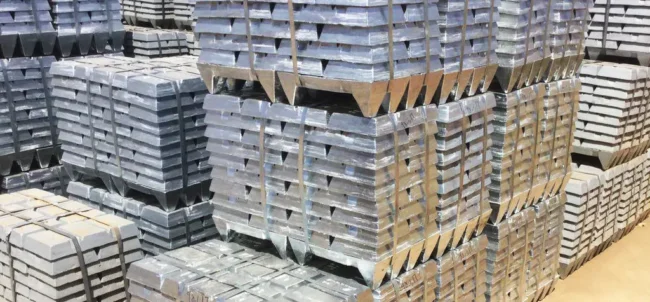Zinc prices fell -0.91% to settle at 228.45 in December as a result of China’s official PMI dropping to 49 from the prior month, which heightened expectations of further government stimulus. On the other hand, the Caixin/S&P Global Manufacturing PMI increased to 50.8, above market expectations and suggesting a modest rebound.
With expectations of early interest rate reductions by major central banks and a more complete economic recovery in China, the world’s largest zinc consumer, the industrial outlook improved.
In October, there was a 52,500 metric tonne global zinc market deficit, down from 62,000 tonnes in September. According to statistics from the International Lead and Zinc Study Group (ILZSG).
Nonetheless, a surplus of 295,000 tonnes was recorded for the first ten months of 2023 as opposed to a deficit of 33,000 tonnes for the same period in 2022. Warehouse zinc inventories under the surveillance of Shanghai Futures Exchange decreased by -16.60% from the Friday before.
China’s monthly production of refined zinc fell by 4.23% to 579,000 metric tonnes in November 2023. The year-over-year rise was 10.62%, reaching approximately 6.03 million metric tonnes from January to November, despite this decline.
Technically, open interest in the zinc market has dropped by -8.4% to settle at 4341, indicating a protracted liquidation.
Zinc’s current support is at 226.8, and a break below that level could test 225. The resistance is probably at 230.5.
If prices rise above, they might be test. 232.4. Zinc’s total price performance is influenced by the market’s delicate balance between supply and demand and macroeconomic indicators.
